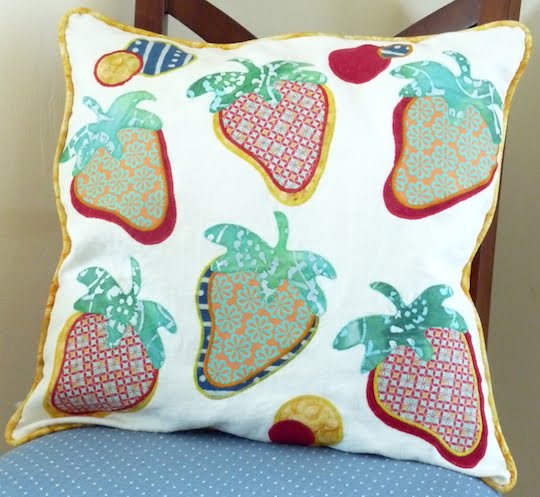




I just finished making a dress for my granddaughter and her doll, using a print based on the American west. These prints became popular during the 1940’s and 1950’s from all the cowboy comics, TV shows, and movies (remember the Lone Ranger, Gene Audrey, and Roy Rogers?)
The bandanna print is actually a much older design (from the Hindustani bandhnu with means, tie dye. Teddy Roosevelt and the Rough Riders of the Spanish American war wore bandannas and they became associated with cowboys who also wore them. I remember making a circle skirt in a bandanna print, to go with my saddle shoes, while I was in high school.
This Colt .45 fabric is a vintage piece that I found, which perhaps might have been used for drapes in a boy’s room or den.
After World War II, many Americans went west for the new jobs and wanted, “back home,” and cheerful items in their new ranch (track) houses. California, Franciscan, and Fiesta Pottery Companies made dinnerware in bright colors to go with the popular style. Tableware, textiles, and furniture with country, Western, or American scenes were also produced.
The fabric with a motif of Southwestern fruit is a vintage tablecloth that belonged to my Grandmother. Made by the Weil & Durrse Co. or Wilendur of a sturdy sailcloth that is still bright today. They made beautiful textiles for sixty years, starting in 1938, and are very collectible.
Looking at all these designs reminds me that, “What goes around, comes around”. Most designers will tell you that fashions cycle every twenty years. The longer I look at fabrics, the more I think there is really not anything new. In graduate school, I took a course in the history of textiles. We were required to trace designs from textiles from each period of history and also learn their meaning. The motifs were used to communicate as part of written history. As we traced the motifs we began to see how most were adapted and or continued from generation to generation. For example the, “tree of live”, is used in some form throughout the ages.
















